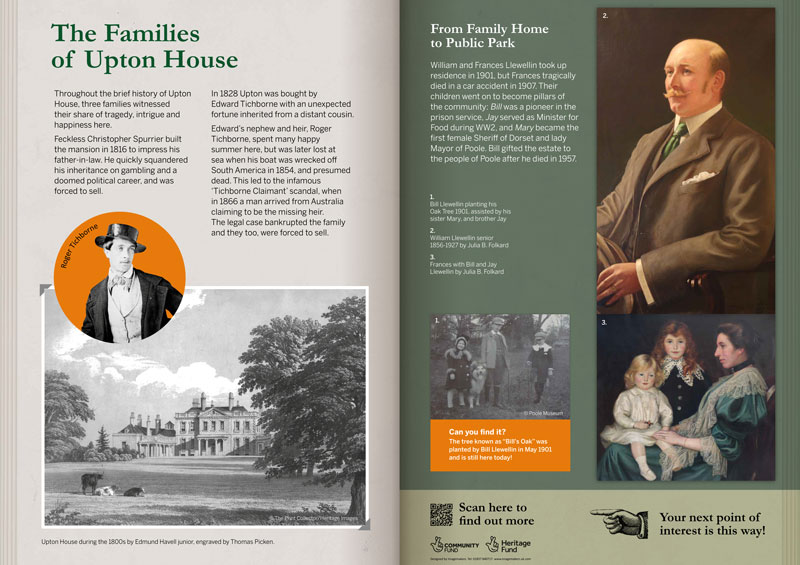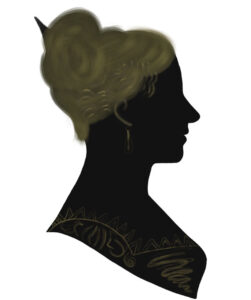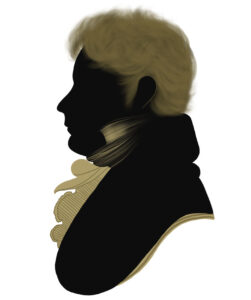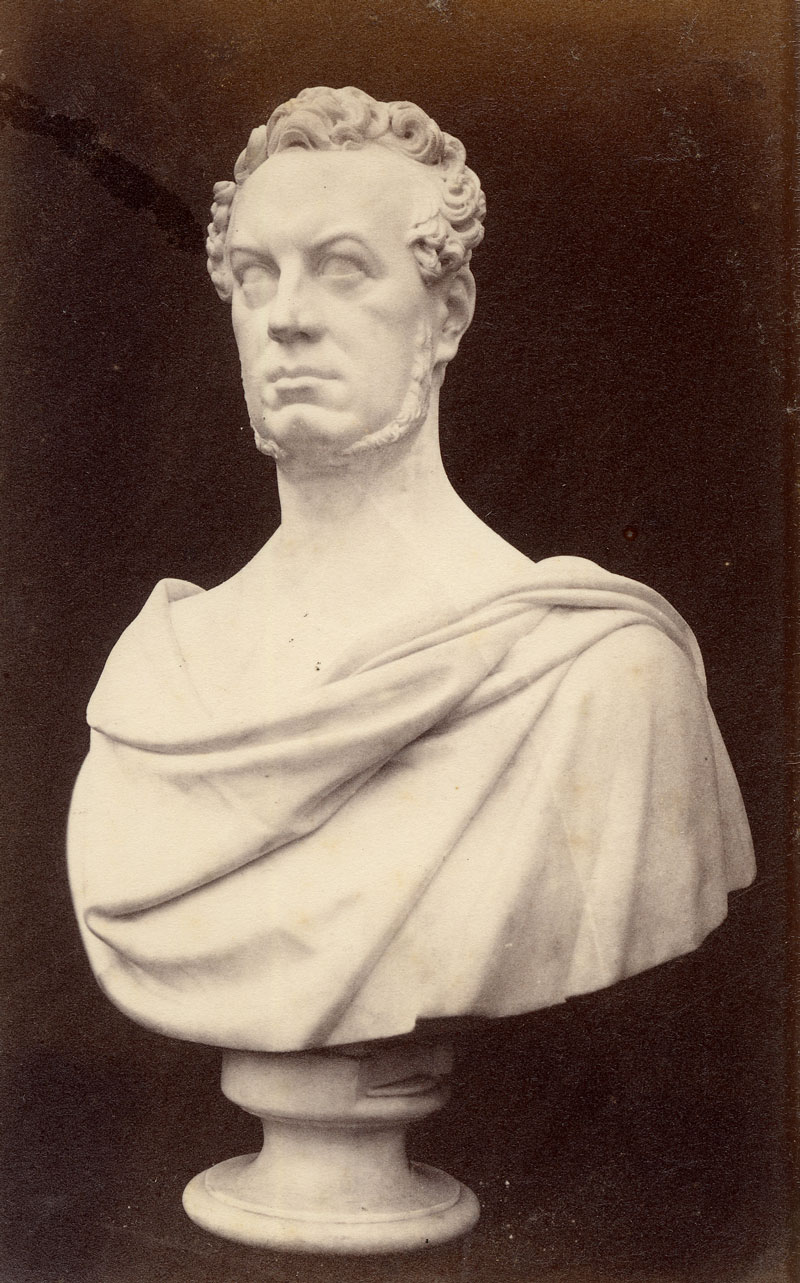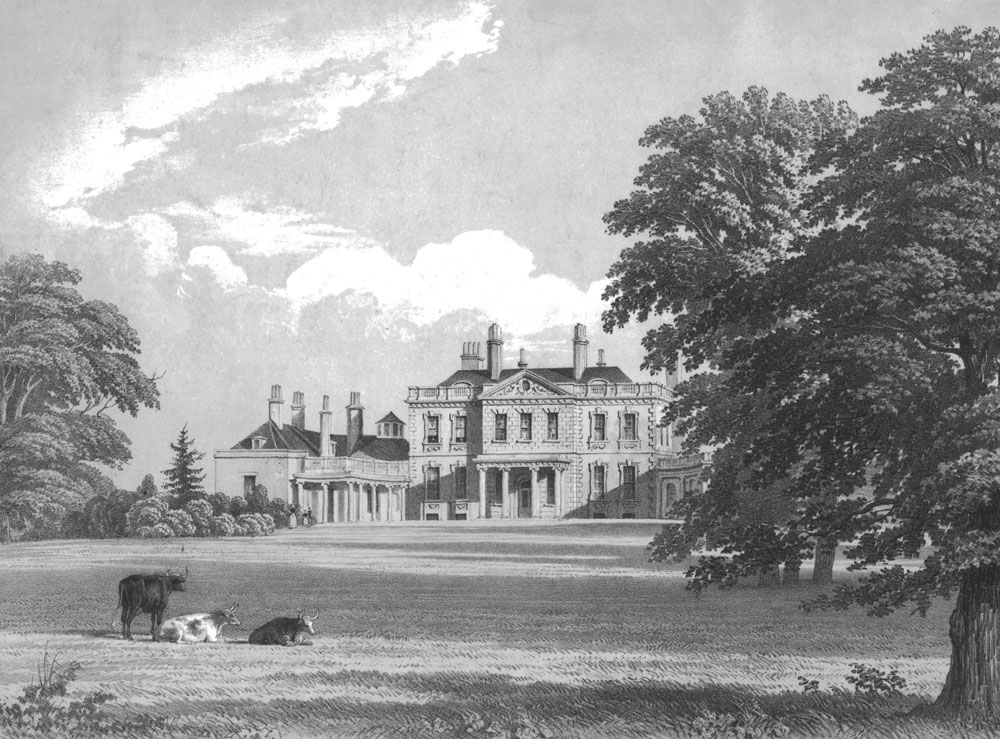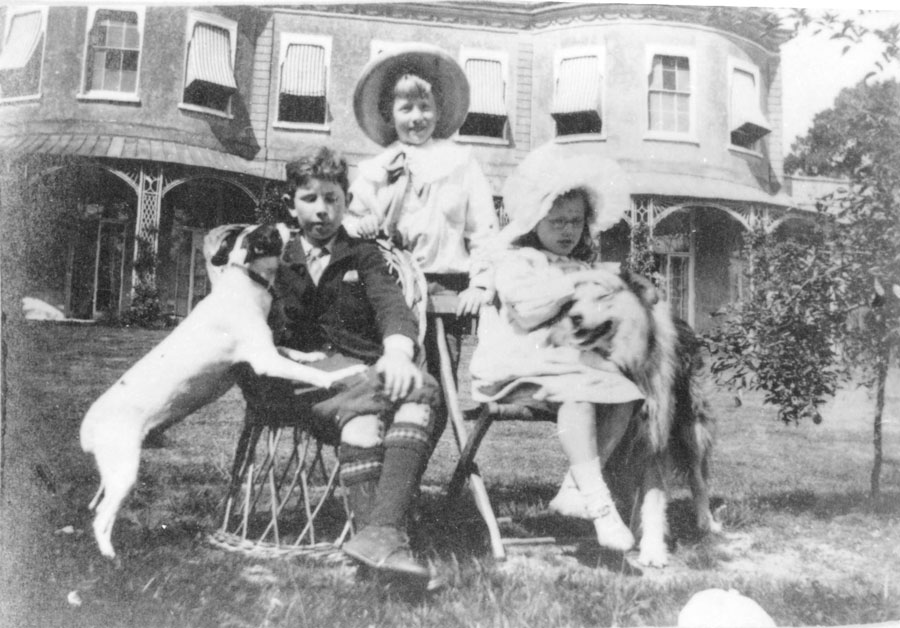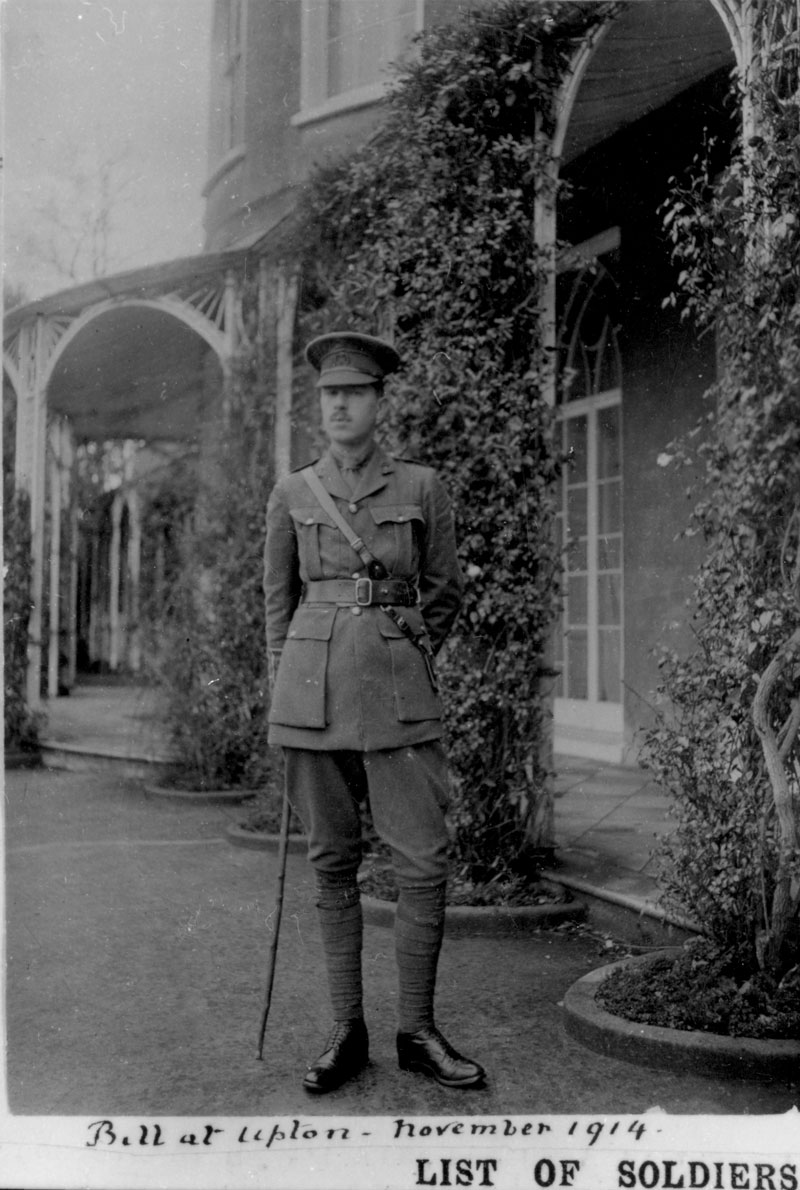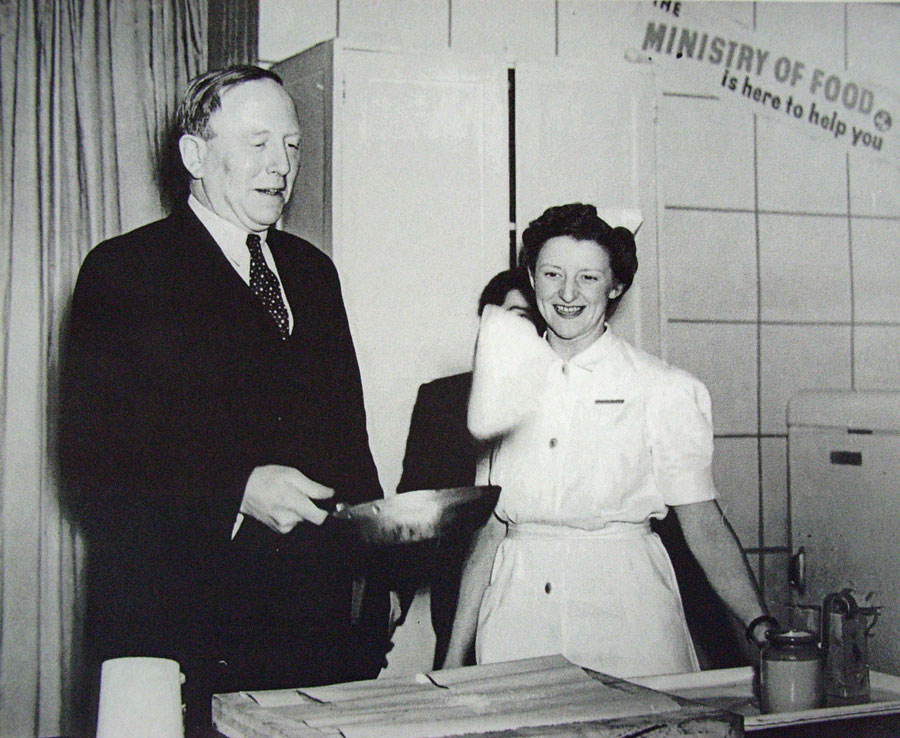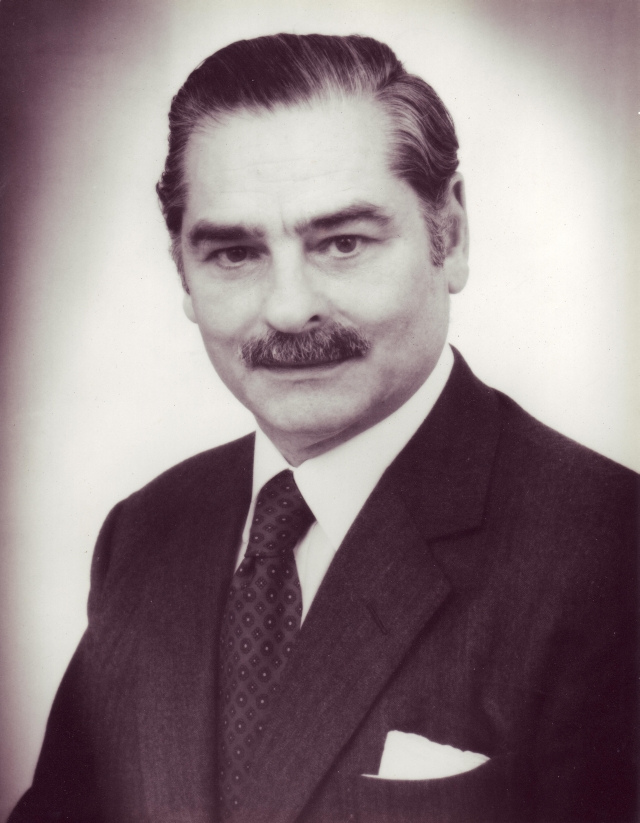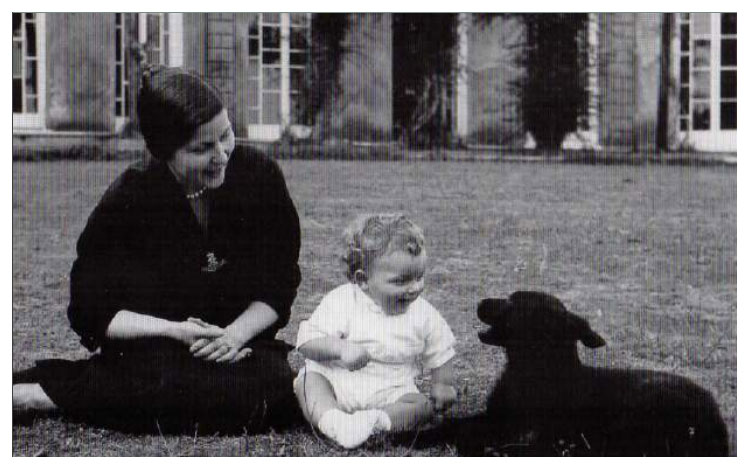The Families of Upton House
In the 200 year history of Upton House, three significant families and one tenant witnessed their fair share of happiness, despair, tragedy and intrigue here.
The panel in the Park
The Spurriers
William Spurrier, a wealthy Poole merchant in the Newfoundland Cod trade, and four times mayor of Poole, bought the Upton estate from the Hiley Family sometime in the second half of the 18th century. His son, Christopher Spurrier (1783-1876), inherited the estate and built Upton House between 1816-1818.
An ambitious man that appears to have tried to live up to his father’s reputation, in 1814 Christopher married Amy, the daughter of George Garland (1753-1825) and the granddaughter of Benjamin Lester, two of the most prominent and politically powerful families in Poole. Through this marriage he benefitted financially and politically, with the support and later rivalry of George.
Amy and Christopher had three children, their eldest daughter, also called Amy, was unfortunately the only one to survive infancy. Not much information about Amy survives, but there is an impression that she was much loved by her father, but that her marriage was one of tension.
It is said that Christopher built the House to impress his new father-in-law, George Garland (1753-1825), but his ambitions and expenses over the next ten years (including the building of Upton House) were poorly timed as the Newfoundland trade in Poole declined dramatically during and following the Napoleonic Wars. His attempts at political campaigning were very limited in their success, his mayoral role of Bridport did not last long, as accusations of bribery saw him voted back out of office. Alongside his gambling debts this also put extra strain on finances, having mortgaged the Upton Estate for £12,000 in 1820.
In 1828 Christopher lost his last silver teapot in a bet at a tea party over a maggot race. The story goes that he was too enthusiastic in encouraging his maggot with a pin that he managed to kill it instead! He was soon declared bankrupt, and the estate was put up for auction in London. Amy was able to claim £5,000 from his estate and largely lived apart from him until her death in 1841.
Amy & Christopher Spurrier. Artwork by Ellie Jenesen
The Doughty-Tichbornes
In 1828 Edward Doughty, the third son of Baron Tichborne, bought the Upton Estate with an inheritance of wealth and land from a fourth cousin, Elizabeth Doughty, that was gifted on condition that he take her name. He was 46, and moved in with his wife Katherine, hiring local people to work as staff.
Edward Doughty-Tichborne. Courtesy of Hampshire Cultural Trust
Prior to this Edward had been working for the Duke of Buckingham on his plantations in Jamaica, and on his return, Edward brought with him a valet, former slave Andrew Bogle. Edward and Andrew soon became part of the local landscape, Andrew marrying local girl Miss Young who was working in the House as a nurse, and Edward and his wife providing funds for the building of the first Catholic church in Poole, St Peter’s, which could be seen from the state rooms of Upton House. The RNLI headquarters now sits on the site. They also extended Upon House, adding the east wing which included a catholic chapel.
As his eldest brother the Baron Tichborne had only had daughters (seven of them!) who could not inherit the title, and his second eldest brother had died, Edward became the 9th Baron Tichborne in 1845. Having only a daughter himself (also Katherine), the heir to his estates was his younger brother and then his nephew, Roger. However, there were disputes between Edward and Roger, over selling the Upton Estate, as Roger, who was in love with his cousin Katherine, a partnership of which neither Edward nor Katherine senior approved, did not want to give it up, it being a place where they had been happy together. As a result in 1953 Roger decided to travel the world, declaring that if Katherine was not married by the time he got back he would take her as his wife. In 1854 however, on his way from South America to New York, Roger’s vessel went missing at sea.
Images courtesy of Hampshire Cultural Trust
Edward died in 1853 and Upton House and it’s out-buildings were rented to a series of tenants. Roger’s mother Henriette (and now Lady Tichborne) refused to believe that her son had drowned and sent pleas around the world for any sightings of him. In 1866 a man called Thomas Castro, previously Arthur Orton, who worked as a butcher in Australia, stepped forward to claim that he was in fact Roger.
This led to the longest running trial in English history, the ‘Tichborne Claimant’ in 1873, and a famous Victorian scandal covered by many newspapers and magazines.
Andrew Bogle, who by this point too had moved to Australia and become a restauranteur, came back to England to act as a witness for the defence, believing Castro to be Roger, whom he’d known well as a child at Upton.
After 188 days and testimony of over 200 witnesses Thomas Castro was declared an imposter and convicted of perjury. He was sentenced to 14 years in prison in 1874. Bogle remained sure that Castro was Roger until his death in London in 1877.
Following the court case, in 1899 the Tichbornes were declared bankrupt after settling their legal fees, and Upton was put up for auction.
Upton House in the 1800s. By Edmund Havell Jnr, engraved by Thomas Picken
The Llewellins
Upton was bought in 1901 by the Llewellin family, for the residence of William and Frances Llewellin from Kent and their 3 children William Wigan (Bill), John Jestyn (Jay) and Margaret Mary (Mary).
Bill, Jay and Mary on the back lawn of Upton House. Poole Museum
Their happy family life here at Upton is recorded through both William Llewellin’s diaries, and a great collection of photographs, now held in the Poole Museum archives. They became, and remained, a prominent family in the local community from William’s appointment as a magistrate in 1904 through to Bill’s gifting of the estate to the council in 1957.
Unfortunately in 1907 Frances was killed in a crash when their car skidded on some oil on the road near Merley. William labelled his diary “the saddest of years” and spent much of the following year away from the estate.
The following year he married Ada Gaskell, Frances’ cousin, and she and her five daughters joined the family at Upton House.
William was a hard-working man who was concerned with all aspects of the estate and the people that worked and lived here.
The family made some changes to the grounds, including the addition of the Haha in front of the House and an avenue of trees running the length of the front lawn (no longer surviving), as well as the addition of the Dog Kennels, and Greenhouses, which are now part of the Grade II* listing.
William died suddenly at the age of 71 in 1927 and was laid to rest at St Michael’s Church, Hamworthy, where he had held the office of Rector’s Warden for many years. Bill, Jay and Mary continued living in Upton House together for much of their lives.
Both Bill and Jay survived fighting in WWI becoming a Colonel and Captain respectively and both being awarded the Military Cross. Both men became well respected and prominent figures in society. Bill was involved with the introduction of borstals and was active in the education and rehabilitation of their participants. He also held his father’s position of High Sheriff of Dorset.
Bill Llewellin on the terrace of Upton House, 1914. Poole Museum
Jay Llewellin became a barrister, was awarded an OBE for his distinguished service in the Territorial Army and became an MP for Uxbridge, was appointed Civil Lord of the Admiralty, served in Winston Churchill’s cabinet, becoming President of the Board of Trade in 1942 and appointed Minister of Food in 1943.
He was created 1st Baron, Lord Llewellin of Upton in 1945 (a title he is still called by those that knew him) and was made Governor General of Rhodesia and Nyasaland (South Africa and Zimbabwe). He died there in 1957 and was honoured with a state funeral. A stained-glass window, created in his honour can still be seen at St Michael’s Church in Hamworthy.
Images courtesy of Poole Museum
Mary however, forged a career in the local community rivalling that of her two older brothers. This was something not easily achieved for women during the mid-20th century. She paved the way as a local Justice of the Peace and the first female Sheriff of Poole in 1949, a role that has existed for over 500 years! In 1951 she became the first female Mayor of Poole and in 1977 was admitted as the first female Honorary Alderman.
Mary also accompanied her brother Jay to South Africa, taking on the role of hostess to visiting royalty and dignitaries, and was heavily involved in the local Girl Guiding movement, with connections to Brownsea, becoming the Guides’ District Commissioner.
Following Jay’s (Lord Llewellin’s) death in 1957, Upton House and 55 acres of its land were gifted to the Poole Corporation (now BCP Council) by Bill Llewellin. Mary and Bill moved to White Lovington in Bere Regis. It is a testament to their nature as employers that members of their staff moved with them and continued with them until their deaths, Bill in 1961 and Mary in 1983.
In 1976 Mary became the first President of the Friends of Upton Country Park.
Prince Carol of Romania
With the estate gifted to Poole Corporation (now BCP Council) there was much debate on what to do with it. Suggestions included a convent, nursing home, school, golf club, mental hospital or even as official residence for the town’s mayor. Famous naturalist, Gerald Durrell even considered its use as a Zoo for endangered species; a project eventually established on Jersey. None of these schemes come to fruition and the property started to fall into decline.
Upton House was eventually leased in 1961 to Prince Carol of Romania, whose legitimacy as a member of the Romanian Royal Family was in question, and it once again became a family home. Carol moved in with his wife Jeanne and their son Alexander who was born in Poole hospital the same year, for a rent of £2 per week for the first year, which then went up to £8.
For some the prospect of such a high-profile resident was attractive and local people were recruited as staff and traders, supplying goods to ‘Poole’s Royal Family’. For others the Prince is an elusive character taking up residence in “the most expensive council house in Britain”. The Council hoped that by charging a low rent the Prince would restore and maintain the property to a high standard.
The Prince was employed as a carpet salesman and used Upton House to show off his products. He moved into the east wing of the house as living space. During the early 1960s, Prince Carol and Princess Jeanne were invited to various functions and events in the town, including the Mayor’s Reception. However, their glittering reputation began to fade amid rumours and gossip stories of sales promotions at Upton House and tradesmen taking the Prince to court.
Unfortunately Carol and Jeanne’s marriage did not last and Carol failed to maintain the House and its outbuildings to the standards agreed upon. In 1969 a notice to quit was served to the Prince for non-payment of rent and he left Upton House soon after. Again the estate was left disused until it opened as a Country Park in 1976.

